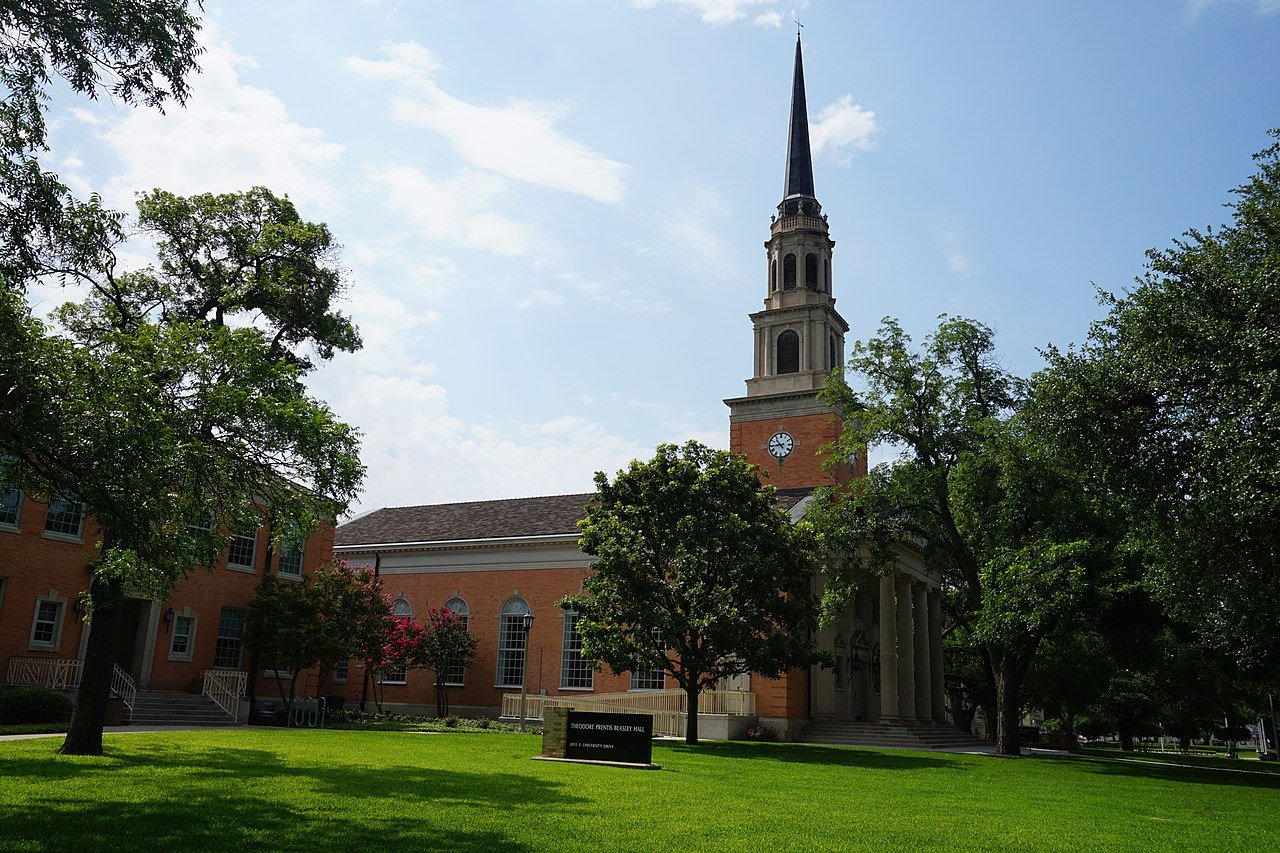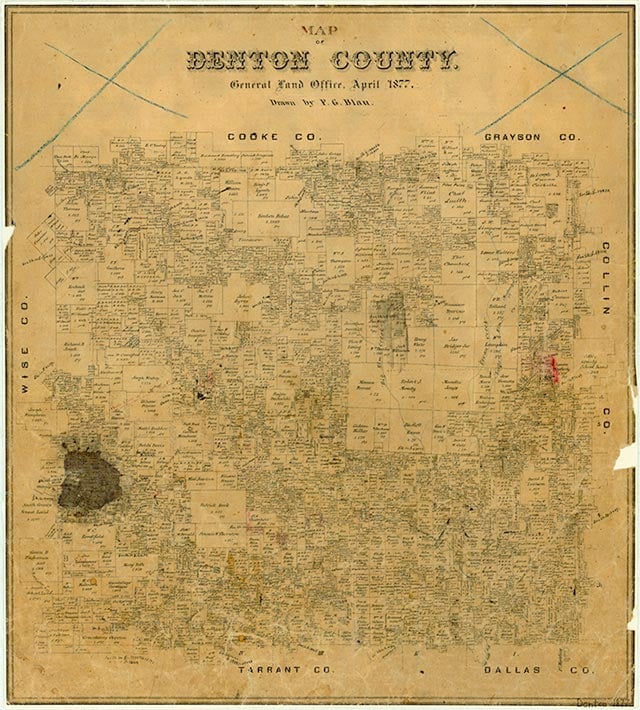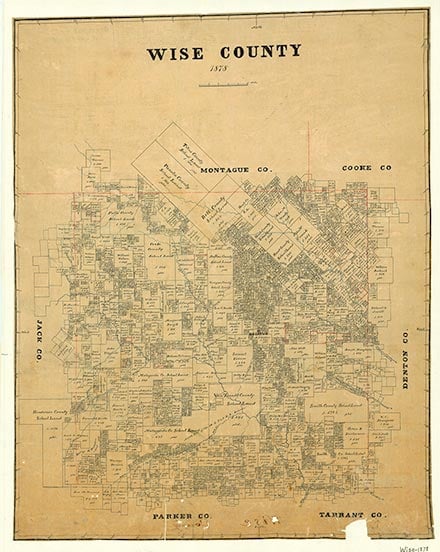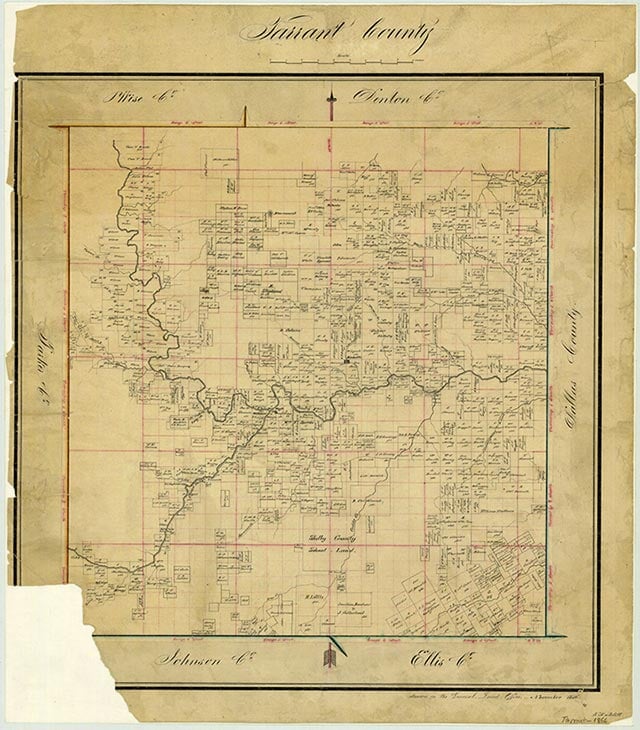Texas Christian University

Robert Carr Chapel on the campus of TCU, Fort Worth, TX



Texas Christian University was founded as Add-Ran College in 1873, when Addison and Randolph Clark moved their private school, begun in Fort Worth in 1869, to Thorp Spring. Chartered as Add-Ran Male and Female College in 1874, the school came under the control of the Christian Church (Disciples of Christ) in 1889, and its name was changed to Add-Ran Christian University. It moved to Waco in 1895 and became Texas Christian University in 1902. Attendance at this time averaged 350–400 students. In March 1910 a fire destroyed the main building. Fort Worth offered the institution a fifty-acre campus and $200,000, and the offer was accepted. In 1911 TCU moved onto its present campus in southwest Fort Worth. The first endowment, $25,000 from Lucas Charles Brite II, also came that year, and in 1914 Brite College of the Bible (renamed Brite Divinity School in 1963) was established. In 1911 or 1912 the university added the Fort Worth School of Medicine as a unit, but it was abandoned in 1918. A school of law was added in 1915 and closed in 1920. Early presidents included Ely Vaughn Zollars (1902–06), whose administration was characterized by an emphasis on ministerial education; Clinton Lockhart (1906–11); Frederick D. Kershner (1912–15); and acting president W. B. Parkes (1915–16). Edward McShane Waits began his twenty-five-year term as president in September 1916. TCU was elected to membership in both the Southern Association of Colleges and Schools and the Southwest Conference in 1922. The school's fiftieth anniversary in 1923 was marked by a gift that assured its survival: Mrs. Mary Couts Burnett left to TCU the majority of her estate, valued at $3 million, plus half interest in several thousand acres of ranchland. Particularly when oil production began on the land, the Burnett trust became the heart of the university's endowment. The Mary Couts Burnett Library was completed in 1924, the same year in which the campus was expanded to 187 acres. During 1926 and 1927 graduate courses, offered randomly throughout the preceding years, were integrated into a separate, organized graduate school. Except for three years during the Great Depression, enrollment growth was steady during the 1920s and 1930s and reached 2,000 for the first time in 1937. By then eight permanent brick buildings were on campus, and the school had been approved by the Association of American Universities. The School of Business was established in 1938. McGruder Ellis Sadler was elected president in 1941, and growth after World War II was rapid. A structure to house the School of Fine Arts was completed in 1949. Between 1950 and 1965 twenty-five buildings were constructed or acquired, including a science building, a chapel and religion center, a student center, a business building, an education building, a coliseum, a health center, dormitories, and apartments; the stadium, the library, offices, and classrooms were enlarged.
By 1963 the university had purchased the 106-acre Worth Hills Golf Course adjoining the campus, bringing the total size of the campus to 237 acres. Five residence halls and a cafeteria were built on the Worth Hills land in 1964; later two additional residence halls and intramural and soccer fields were added. Growth was rapid. Entrance requirements were upgraded, programs of advanced study added, and Ph.D. programs approved. By the time of Sadler's retirement in 1965, Ph.D. programs were offered in psychology, physics, English, mathematics, chemistry, and history. James Mattox Moudy was TCU chancellor from 1965 to 1979. Major additions during this period included a research and classroom building that tripled the size of science facilities, a structure to house nursing and home economics, a large physical education and recreation building, a speech and hearing clinic, a school for elementary children with learning disabilities, and a twenty-three-court tennis center. The TCU Press was formally established in 1966 (although it had operated occasionally in previous years), and it began regular publication of books and monographs. Between 1965 and 1967 the university began participation in the Texas Association for Graduate Education and Research. A faculty assembly and senate were formed in 1967–68, and a Phi Beta Kappa chapter was established on campus in 1971. William E. Tucker became chancellor in 1979. A building to house programs in visual arts and communication opened in 1981. The library, which celebrated the receipt of its millionth volume that year, was doubled in size in 1982. Its collections include the William Luther Lewis collection of rare books and an American presidency collection donated by A. M. Pate. In 1982 the university awarded its 40,000th degree, and in 1983 the endowment passed the $100 million mark. Intercollegiate athletics, particularly football, has been an important part of life at TCU. The university won Southwest Conference championships in football in 1929, 1932, 1938, 1944, 1951, 1955, and 1958; in the 1930s and 1940s, with Leo R. (Dutch) Meyer as coach, TCU teams were considered among the best in the nation. During the fourteen years Abe Martin coached before he retired in 1966, he took teams to at least four bowl games and had seven players named to All-American teams. The TCU basketball team won SWC championships in 1930, 1933, 1952, 1958, 1967, 1970, and 1986; the baseball team won championships in 1932 and 1955. In 1994 the university became a member of the Western Athletic Conference, from which it withdrew in 2001 to join Conference USA. In 2001 TCU had 375 full-time faculty members and approximately 7,600 students, and was organized into seven schools and colleges: the Add-Ran College of Humanities and Social Services, the M. J. Neely School of Business, the School of Education, the College of Fine Arts, the College of Communications, the College of Health and Human Services, and the College of Science and Engineering, plus an associated ranch management program and Brite Divinity School. The chancellor was Michael Ferrari.
John Ohendalski | © TSHA

Adapted from the official Handbook of Texas, a state encyclopedia developed by Texas State Historical Association (TSHA). It is an authoritative source of trusted historical records.

- ✅ Adoption Status:
Belongs to
Texas Christian University is part of or belongs to the following places:
Date of Founding Notes
Classes first held in 1873 as AddRan Male and Female College at Thorp Spring; moved to Waco, 1895; as AddRan Christian University, 1889; current name,1902; moved to Fort Worth, 1910
Private Sectarian Ownership Notes
Disciples of Christ
People
-
Chancellor, Dr. Victor J. Boschini Jr. 2003–Present
Currently Exists
Yes
Place type
Texas Christian University is classified as a College or University
Tags
External Websites
- Texas Christian University (Official Website)
Fall Enrollment Count, 2022 View more »
12,212
